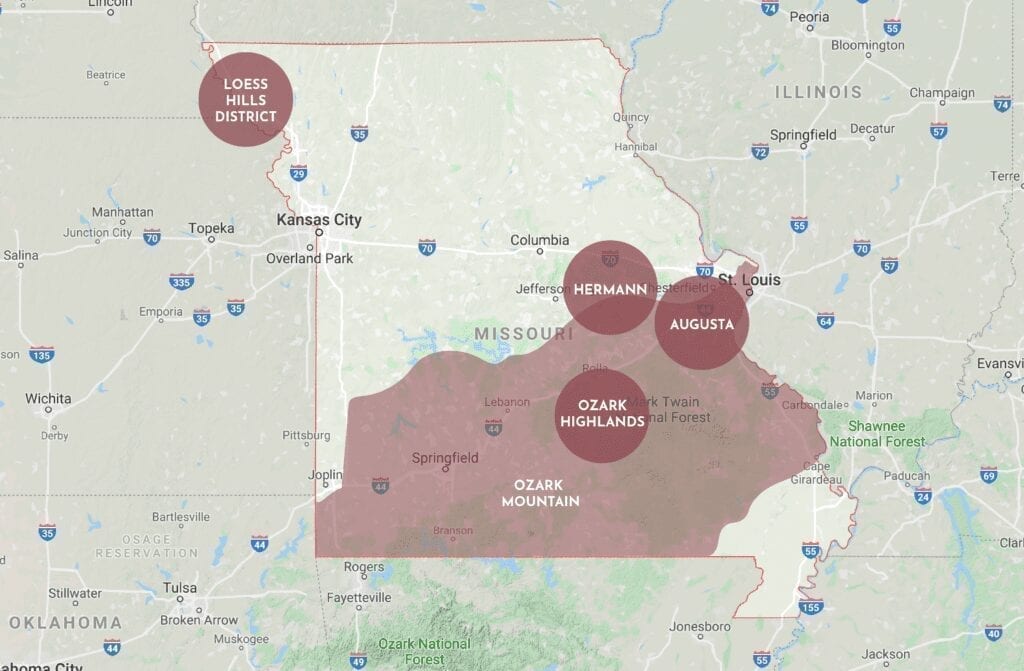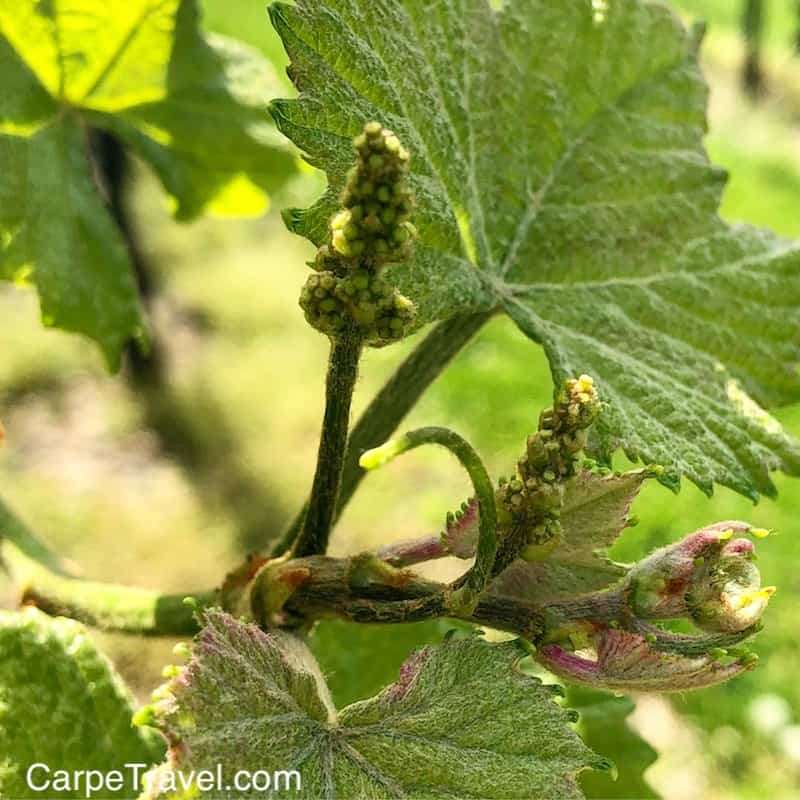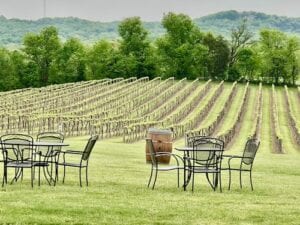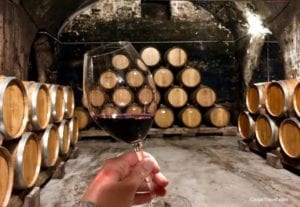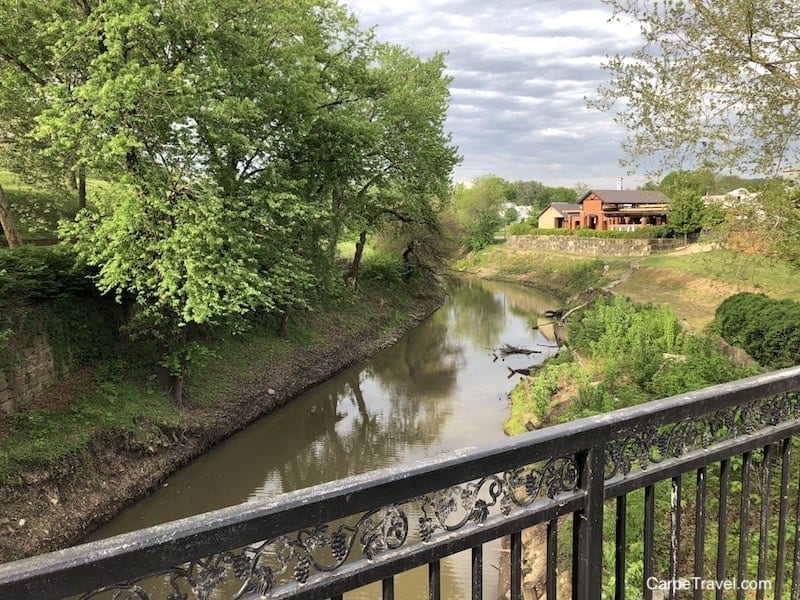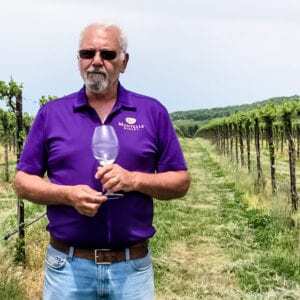
When the 21st Amendment was put into place, repealing Prohibition in 1933, little remained of the wine industry in Missouri. High liquor taxes and license fees lingered for decades preventing the wine industry from truly reestablishing itself. Minus a few.
In 1965 some of Missouri’s oldest wineries began trying to restore the region. Stone Hill Winery began operating again in 1965 and St James in 1970. The families that opened these wineries were instrumental in the creation of the Missouri Wine and Grape Program in the 1980’s. The program helped establish a new tax on wine and provided the establishment of the Missouri Wine and Grape Program. This new group also helped to make Missouri the home to the country’s first designated American Viticultural Area (AVA).



